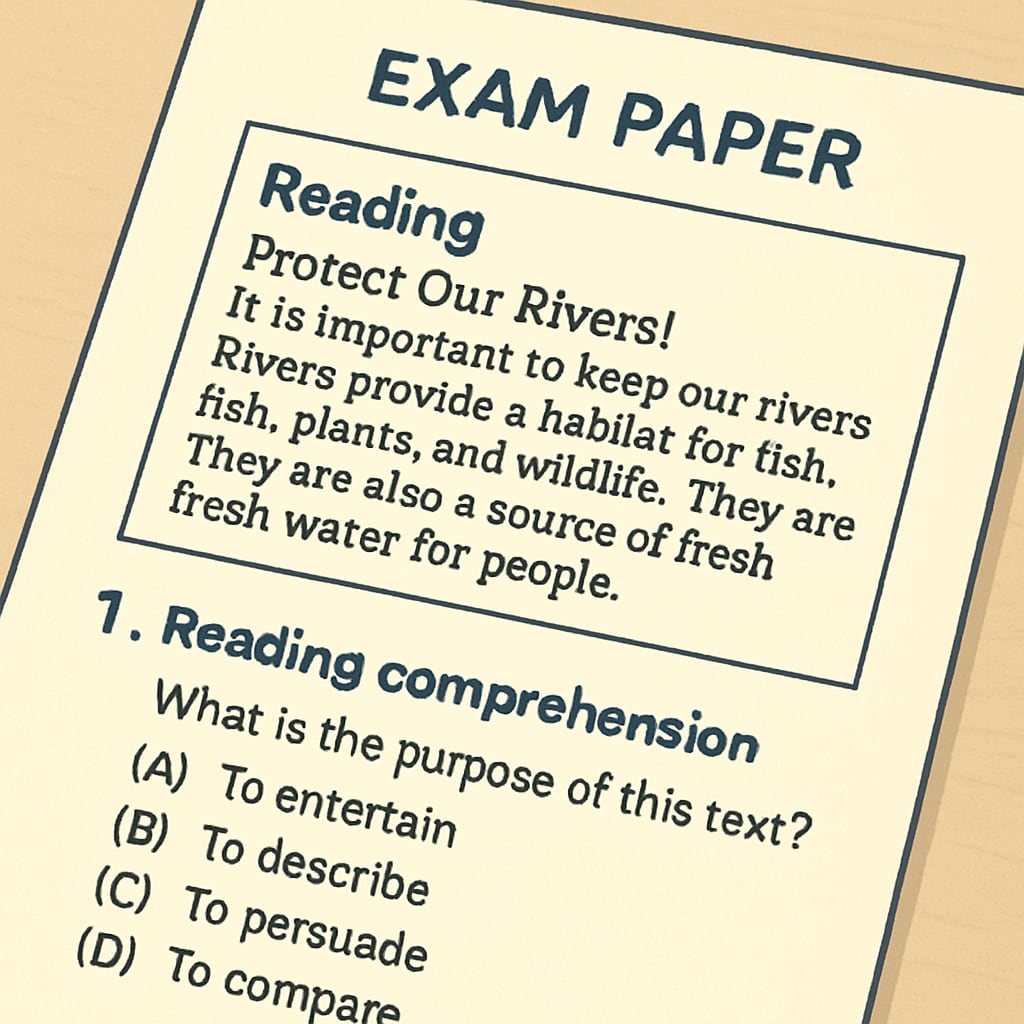Identifying the purpose of a text in Functional Skills English reading exams can be challenging for many students. The ability to distinguish between texts designed to inform, explain, or persuade is critical for success. In this article, we’ll explore systematic methods and practical strategies to help you confidently decode text purpose, making exam preparation more effective and less stressful.

Why Understanding Text Purpose Matters
Text purpose refers to the author’s intention behind writing a piece—whether they aim to inform, explain, or persuade the reader. This skill is essential in exams because recognizing the purpose helps students focus on relevant details and answer comprehension questions accurately. For example, an informative text will present facts and data, while a persuasive text will use emotional language or arguments to influence the reader’s opinion.
However, many students struggle with this aspect due to the subtle differences between text types. Knowing what to look for can help alleviate confusion.
Key Strategies to Identify Text Purpose
Below are actionable steps to identify the purpose of any text:
- Analyze the Title: Titles often give away the text’s purpose. For instance, a title like “The Benefits of Recycling” implies persuasion, while “What Is Recycling?” suggests explanation.
- Look for Keywords: Words like “advantage,” “recommend,” or “suggest” often indicate persuasion, while “describe,” “explain,” or “define” hint at explanation.
- Examine Tone and Style: Informative texts use neutral and factual language. Persuasive texts may use emotional appeals or rhetorical questions, while explanatory texts focus on clarity and detail.
- Check for Supporting Features: Informative texts often include statistics or charts. Persuasive texts may use anecdotes or testimonials, while explanatory texts might feature diagrams or step-by-step processes.

Common Pitfalls and How to Avoid Them
Misinterpreting text purpose can lead to incorrect answers and lower scores. To avoid common mistakes:
- Don’t Overthink: Focus on the overall tone and content rather than getting caught up in minor details.
- Understand Context: Consider the text’s audience and purpose. For example, an advertisement is likely persuasive, while a news article is usually informative.
- Practice Regularly: Work on sample texts and previous exam papers to sharpen your identification skills.
For additional resources and practice materials, explore Reading Comprehension on Wikipedia or Reading Skills on Britannica.
Final Tips for Exam Success
Here are some final tips to ensure you’re prepared for the exam:
- Time Management: Allocate enough time to read each text carefully and analyze its purpose.
- Take Notes: Highlight keywords, phrases, or features that point to the text’s purpose.
- Stay Calm: Confidence comes with practice. Trust your instincts and make educated guesses when unsure.
By mastering these techniques, you can approach Functional Skills English reading exams with confidence and clarity.
Readability guidance: Use short paragraphs and lists to break down complex ideas. Employ transitional words such as “however,” “therefore,” and “for example” to improve flow. Keep sentences concise, with an average length of 12–16 words.


